The co-founder and former CEO of Apple, Steve Jobs, has more than 240 patents to his credit during his lifetime. The most successful and revolutionary products that emerged from these patents have, without exaggeration, impacted people's lives and the technology industry. Let's take a look at the most important ones together.
You could be interested in

Apple I
Computer Apple I was essential for several reasons. It was the first computer that came out of Apple's workshop. When Apple I saw the light of day, the year was 1976. Computer Apple It originally bore the name Apple Computer, and went on sale in July 1967 for the "devil's" price of $666,66. He had a lot with computers as we know them today Apple There was also very little in common – it was essentially a kit without a keyboard and monitor, which was equipped with a 1 MHz eight-bit microprocessor MOS 6502. The operating memory had a capacity of 4 KB with the option of expanding to 8 KB. Computer sales Apple I was officially terminated on September 30, 1977, when the company Apple released its successor in the form of a model Apple II.
Apple II
Computer Apple II was presented in the second half of April 1977. Similar to u Apple Steve Wozniak was the main creator, but Steve Jobs is also signed under the patent. Computer Apple II was fitted with an eight-bit 1MHz MOS Technology 6502 processor, Apple The II had 4 KB of RAM in its basic configuration, was also available in a configuration with 48 KB of RAM, and offered Integer BASIC support. Firm Apple introduced its second personal computer at the first annual West Coast Computer Faire, went on sale in early May 1977. Initially popular mainly in homes, it found its way into businesses and offices after the release of VisiCalc software. Thanks to its open design, it allowed Apple II connection of third-party accessories – users could thus expand their Apple computer with video cards, memory modules and other components.
The first Macintosh
Among the company's most essential products Apple undoubtedly belongs to the original Macintosh. The company introduced it in 1984 as part of the annual shareholders' meeting. The first Macintosh was equipped with a nine-inch black and white display, equipped with a Motorola 678000 processor and equipped with 128 KB of RAM. The machine itself weighed less than eight kilograms and sold for $2495 at the time. Among other things, the introduction of the first Macintosh is associated with the now-legendary "1984" commercial, which was broadcast at the Super Bowl finals at the time. The original Macintosh stood for pro Apple among other things, also the beginning of the era of a new generation of personal computers. It was put on sale in the second half of January 1984, Macintosh sales ended at the beginning of October of the following year.
Pixar
Although Pixar is not a product in itself and was not even founded by Steve Jobs, it rightfully belongs in his portfolio. Jobs originally bought Pixar from Lucasfilm - then still called GraphicsGroup. It was the computer division of Lucasfilm, whose beginnings date back to 1976. Jobs originally wanted to manufacture and sell computers for the film industry under the banner GraphicsGroup / Pixar, but this effort ultimately ended in failure and Pixar reoriented itself to computer animation. In the end, this turned out to be the best possible move - the iconic Toy Story and a number of other highly successful animated films such as Cars, Finding Nemo or Wall-E emerged from Pixar's production. In 2006, Walt Disney bought Pixar from Jobs for $7,4 billion.
NeXT
We all know the story of how Steve Jobs was forced to leave the company he founded in 1985. However, he certainly did not wallow in self-pity and doing nothing - he founded his own company called NeXT, focused on the development and production of computer workstations, intended mainly for companies and universities. The first NeXT computer was introduced in 1988, followed by the NeXTstation model two years later. The computers had a really admirable performance, but their sales did not go very well - in total around fifty thousand were sold. In early February 1993, NeXT ceased production of its computers and began to concentrate on the development of the NeXTSTEP software. Mass layoffs were also associated with the end of production, in the second half of the nineties of the last century NeXTU was finally acquired by the company Apple.
Power Mac G4 Cube
Not all innovative products behind Steve Jobs were successful - but that does not detract from their remarkableness. These products also include Power Mac G4 Cube – a futuristic-looking cube-shaped computer that Apple presented in 2000. The design of the computer was signed by the then chief designer Jony Ive. The Power Mac G4 Cube looked really cool, and is even on display at New York's Museum of Modern Art. The computer was equipped with a PowerPC G4 processor, offered 64 MB of RAM and 20 GB of internal storage. But the price was relatively high - it was 1799 dollars - and the company Apple managed to sell only 150 units. Due to the failure, sales of the Power Mac G4 were discontinued in the summer of 2001.
iPod
Unlike the aforementioned Power Mac G4 Cube, the success of the iPod is absolutely undeniable. The first iPod was introduced at the end of October 2001. It offered a respectable 5 GB of storage at the time, and the company Apple she promoted it with the well-known slogan about a thousand songs in your pocket. The iPod was not the first digital player in the world, but it was certainly one of the most successful. Apple fitted it with a Toshiba drive, the iconic scroll wheel was used to control it. The iPod was also equipped with FireWire technology, a ten-hour battery life and a backlit LCD display. The price of the first iPod was relatively high for its time - it was 399 dollars - but despite this price, the Apple player initial embarrassment eventually gained the favor of users.
MacBook
MacBook it was far from the first laptop to emerge from the company's workshop Apple. Its direct predecessor was the PowerBook product line, with which Apple came in the early nineties. PowerBooks were high-quality, compact and light computers for their time, but a few years after the arrival of the new millennium, Apple decided it was time to move on. In mid-May 2006, he presented Apple your first MacBook. It was available in black or white and featured a slimmer and sleeker design than the PowerBook. MacBooks were equipped with an Intel processor, and in 2008 they became the best-selling laptops in the United States. Over time, the apple company introduced Air and Pro variants, introduced a unibody design and switched to an aluminum chassis.
iPhone
Of course, the iPhone is also among the products that are most strongly associated with the name of Steve Jobs. The world officially learned about the first iPhone on conference Macworld Conference & Expo in early January 2007. Perhaps every supporter of the apple company knows Jobs' statement in which he called the iPhone a breakthrough Internet communicator, an iPod with touch control and a revolutionary mobile phone in one. Like many other products, the first iPhone was initially mocked, and from today's point of view, it really is a lot was missing to perfection. Today, the iPhone is an integral part of the work and personal lives of a huge number of people around the world, and it is an integral part of the apple company's portfolio.
iPad
Apple he came out with his iPad at a time when it looked like netbooks were going to be the biggest trend. But to Steve Jobs, netbooks seemed like computers that could never be of high quality, and he decided to go with a tablet. The first iPad prototype dates back to 2004, but eventually the iPhone took precedence. When Jobs introduced the iPad in January 2010, he described it as a device that was "much more personal than a laptop." The iPod was equipped with a 1 GHz processor Apple A4, it had 64 GB of flash memory and its weight was about 680 grams. Its Wi-Fi variant was put on sale in early April, less than a month later its 3G version went on sale.













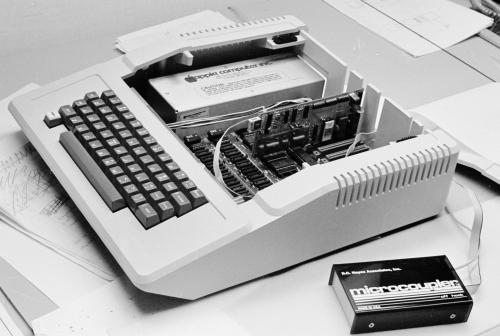



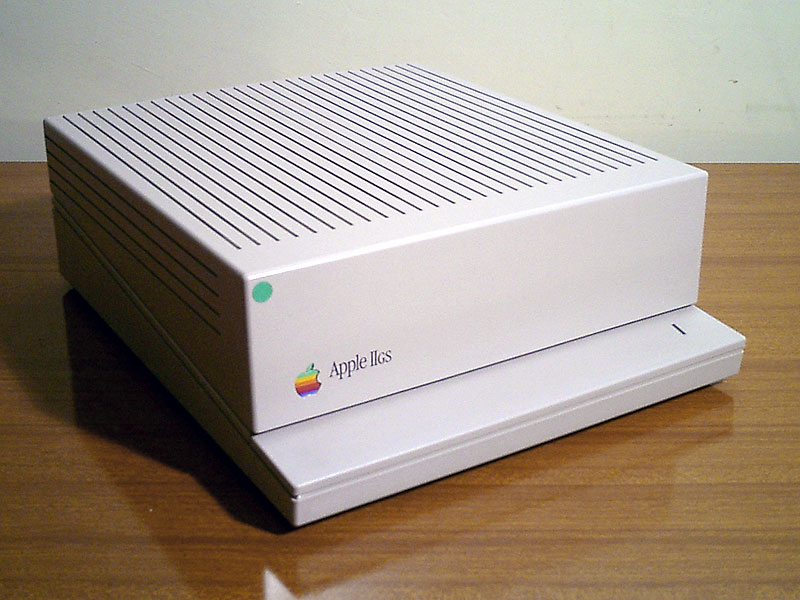
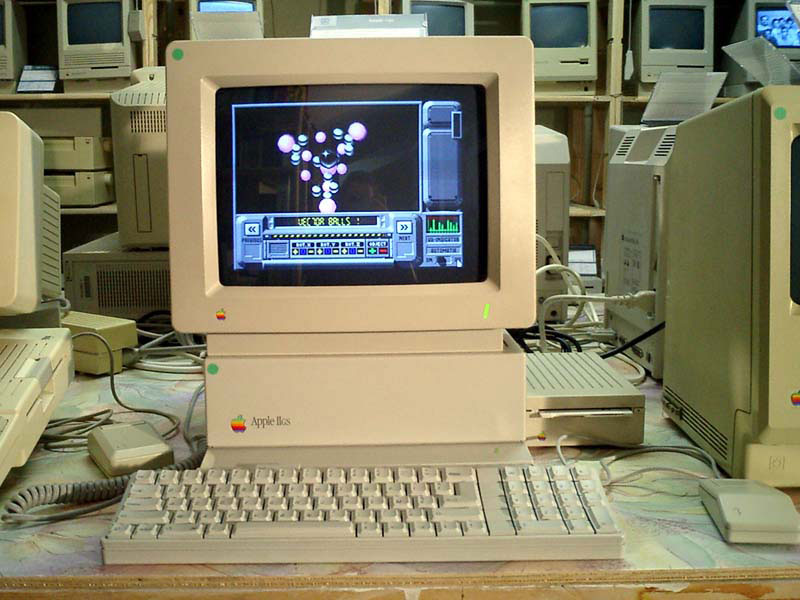




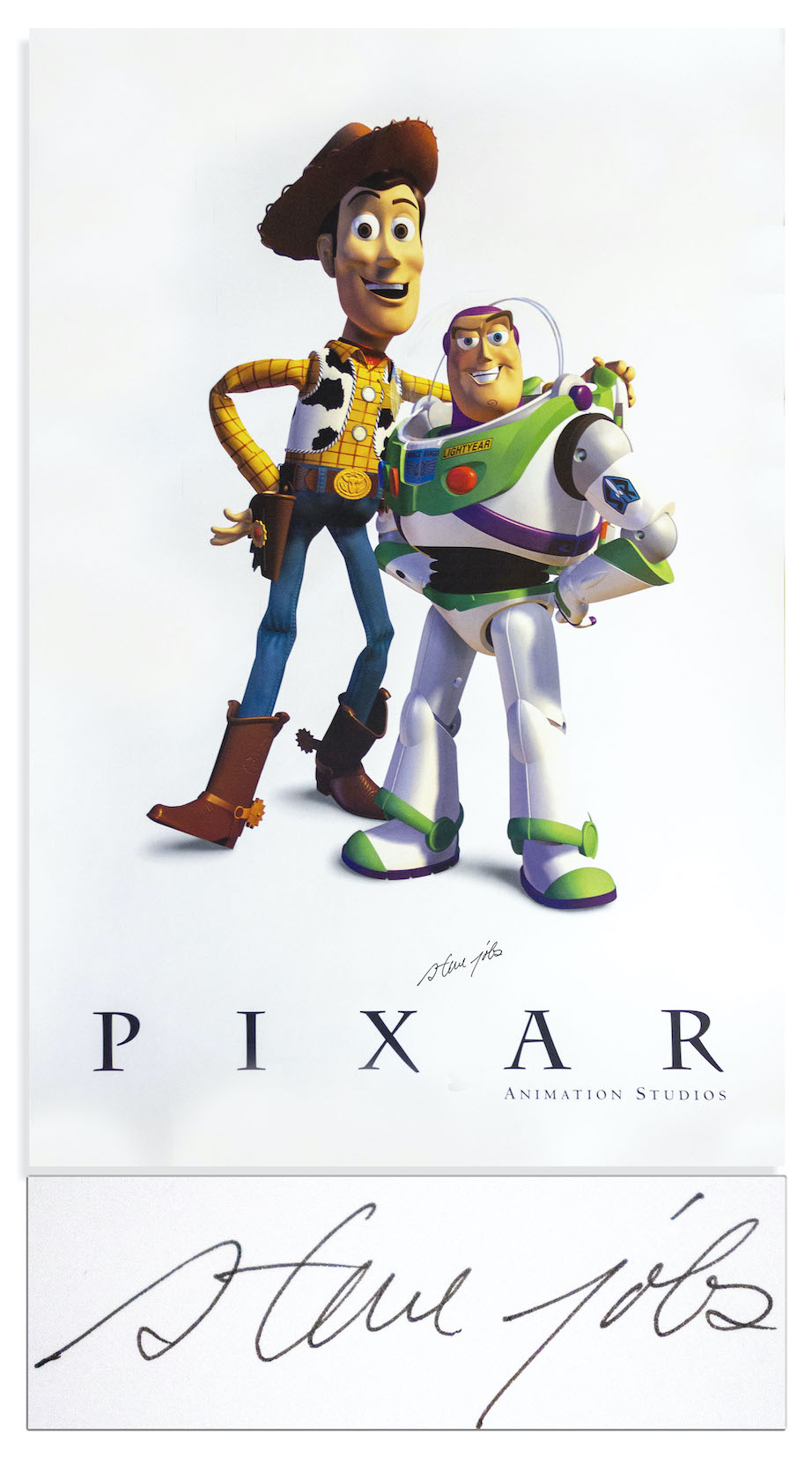














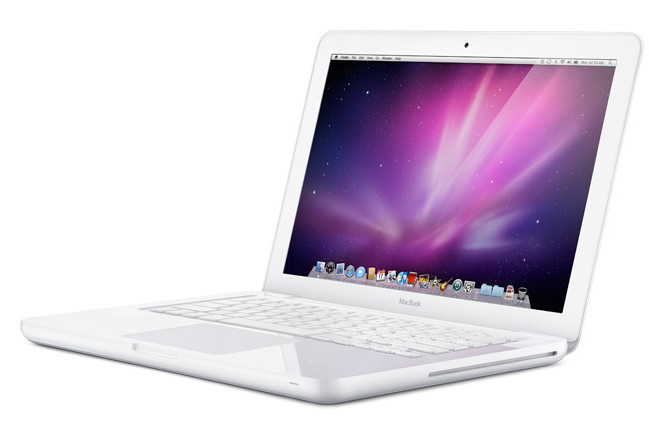

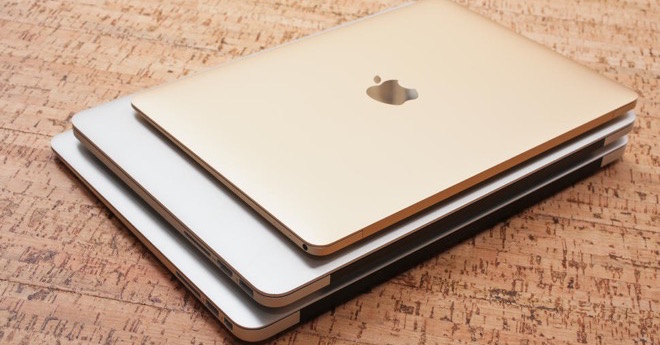








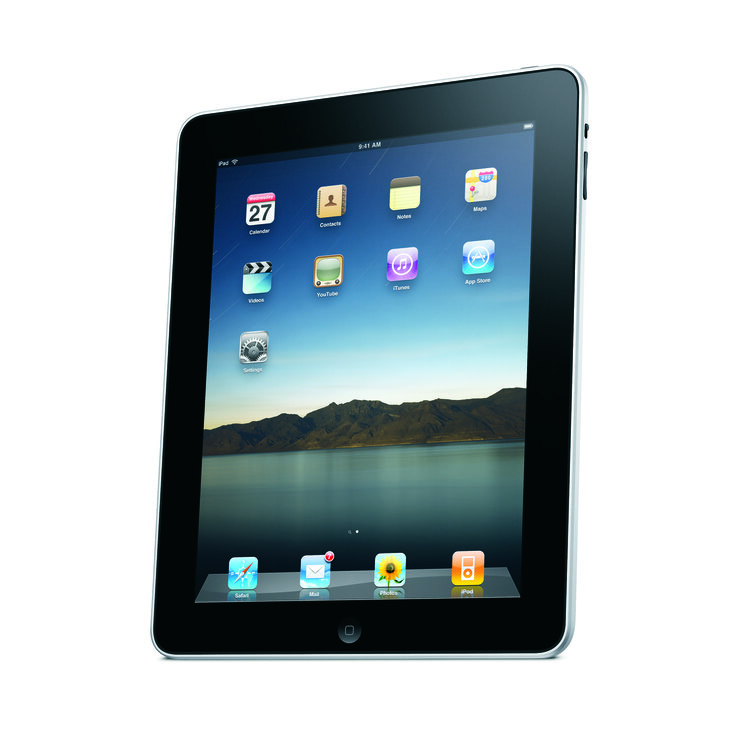
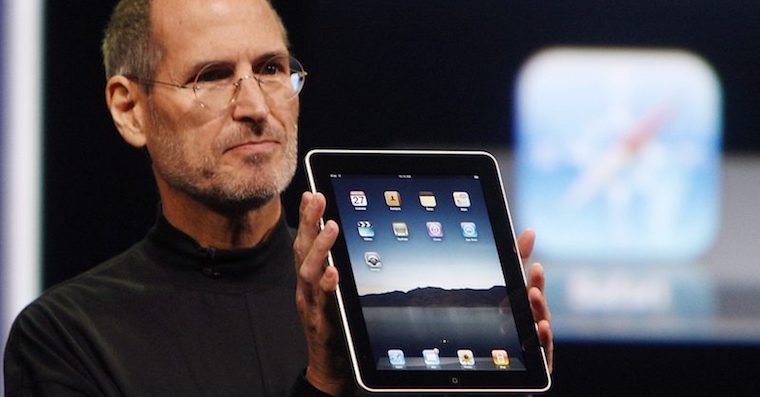
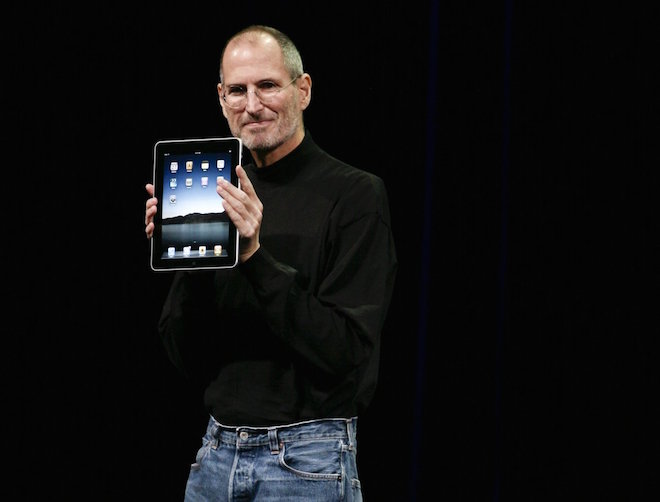




That headline is like the Mad Dutchman. ;)
And now we can 10 disasters left behind by TimCook. He didn't really do anything! Len is mining and milking what Steave has built, but it won't work forever, he's just putting Apple to shame so far.
All it takes is one Tim disaster.
I'm with her.
If you give it, I will then explain to you how Tim Cook really changed and de-facto saved Apple.
Apple maps.
And macOS, which needs at least 6 months to tune after release every year. A significant number of users have not yet switched to Catalina.
Hogwarts on iPhones and now also on iPads. Steve would never allow a photo that comes out of the body like stairs and then the phone is on the table.
@ACZ … when I start, so that you don't get sick of it!
Maybe the CEO has some positives, but they lead the negatives successfully!
I've been listening to these for 9 years and they're still cool
1. Turtleneck
2. Fan shaving machine
3. Wireless charger
4. Prototype of "Veck's" construction
5. Battery protection
6. Recycling
7. A watch that can tell the time permanently
8. Multitask
9. Packaging with logo hole
10. Turtleneck
It's a shame that he didn't manage to eliminate Lagdroid as he promised, unfortunately he didn't have time for it.
Rather, because Lagdroid is already such a widespread virus that it is almost impossible to destroy it.
Dave
I agree with you. There would be no more stupid comments by a fool who carries these things in his pocket with the conviction of a good purchase. Surveys and statistics say it clearly. People with lower IQ use Android. I recommend looking around.
I'm afraid that the penultimate sentence says MORE about YOU than about others - and it's not flattering at all....
Could I see the survey? According to my stats, people who say things like that are total Idiots.
And before long there will be a traveling nomadic acting company of steve jobs... like Cimrmani and there will be snippets of his quotes and inventions for the next decade... 🤣🤣🤣🤣 I enjoy it
Each sect has its ten :D